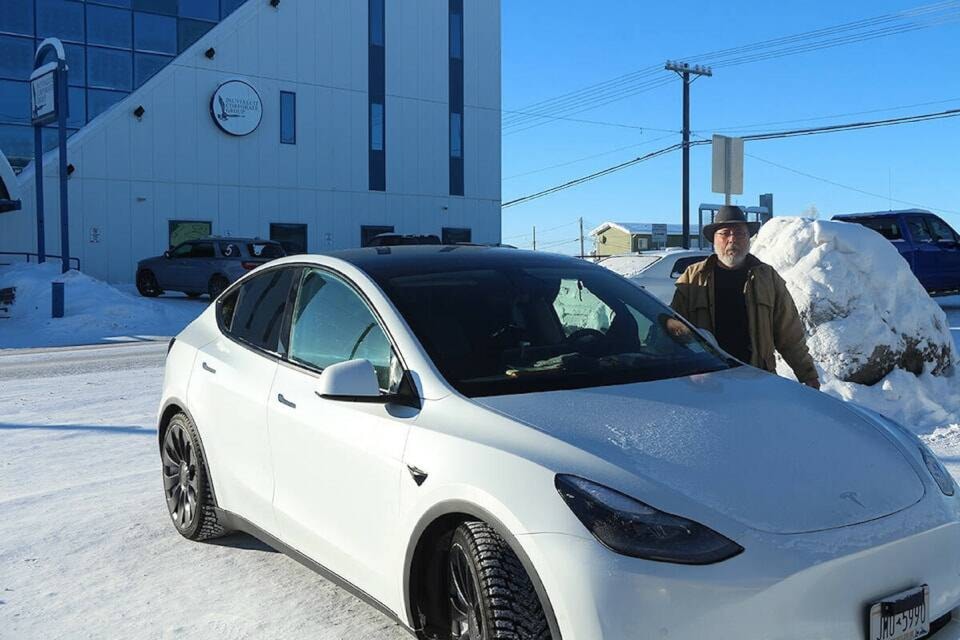Over the holidays, Jonathan Zoes contacted me. You may recall he drove a Tesla across Canada, along the Dempster Highway and over the mountains, all the way to the Arctic Ocean and back, without benefit of proper charging infrastructure.
He informs me that not only is the vehicle still thriving in the Canadian Arctic — he has been based out of Dawson City and hasn’t gone home yet — he’s hoping to book time with the garages along the Dempster to make a return visit. He’s effectively shut down all the armchair engineers who insist an EV would amount to a giant brick in the North, at least one made by Tesla’s knowledge trust. It would be interesting to see if a Ford Lighting F150 would have similar success or if the larger mass of a truck impacts range too significantly.
More interesting to see, however, is the entry of the Nammi compact EV, just launched by China’s Dongfeng car manufacturing company. The manufacturer claims the vehicle can get 200 kilometres on an eight-minute charge — at a starting price of $10,470 US. This isn’t even the first economic EV to be launched on the global market — another Chinese EV manufacturer, BYD, has already outsold Tesla in quarterly worldwide sales.
Armchair engineers may snort at the idea of a China-dominated car market as they read this on their phones made in China, sitting in a chair made in China, in a home or office surrounded by Chinese-made electronics, composites and devices. They may be right — the manufacturing decisions that have ensured archeologists will find the words “Made in China” in excavations from Inuvik to Istanbul may also minimize their effectiveness where Teslas appear to thrive, but that doesn’t really account for the other eight billion consumers living in non-Arctic conditions where a $10,000 EV would be a game changer.
Anyone who thinks car manufacturers are going to keep internal combustion engine lines going just for a select few people who insist on living in remote parts of the world is delusional. Since we’re somewhere between 20 to 50 years late on getting started on the energy transition, there’s going to be increasing pressure on fossil fuel economies to switch as more governments dish out emergency response cash each year.
Similar to smartphones two decades ago, EVs are just in their infancy. While skeptics mock the hipster ideas of kids these days, universities, technical institutes and manufacturing giants are filled with engineers who know they can change the world by improving the charge time, range and overall efficiency of EVs. The EVs of 2035 will likely make the EVs of 2025 look like a horse and carriage.
Observing how the majority of the territory was evacuated over the summer because of wildfires fueled by climate change and then residents returned home and immediately started complaining about the carbon tax and the cost of living — as opposed to asking how we prevent another evacuation in the near future or what happens if people can’t evacuate next time — it’s clear Canadians are far more scared of being broke than being dead. You really do get the impression that some individuals have concluded routinely evacuating their homes is an acceptable risk as long as they can continue to afford to fill their gas tank to drive to work and pay to heat the home they may have to evacuate at any given moment during the summer.
Our collective stubbornness is working against us. If we keep indulging it we’ll fall behind, sentencing our progeny to poverty.
